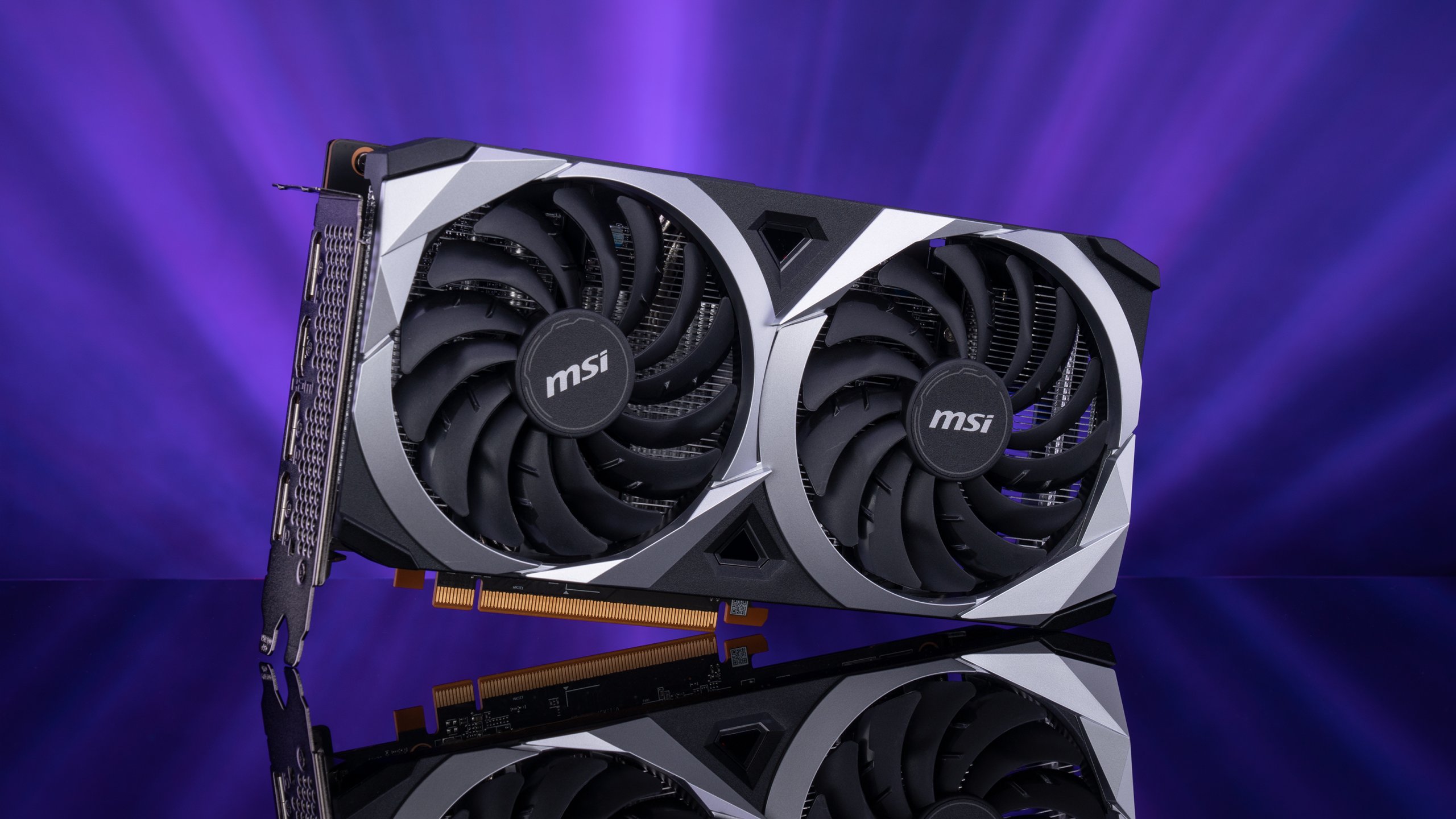
When you are trying to choose the best graphics card for your build and budget, CUDA cores and Stream Processors may seem a bit confusing. Are they just marketing terms? Why don’t AMD and Nvidia use the same metrics? To help you decipher what GPU cores are and whether they’re just good for GPU mining, we’ve put together a primer on the topic.
Contrasting CPU v. GPU Cores
To start with, let’s talk about how cores work in computer hardware. A CPU with multiple cores allows the processor to compute in parallel. This means one core can be calculating one set of commands, called threads, with other threads being handled simultaneously in another core. A CPU core performs a wider variety of functions, including fetching from memory, decoding, and executing. Think of a CPU as analogous to a Swiss army knife that does everything pretty well.
 In contrast, think of a GPU core as a surgeon’s knife. It performs primarily one of two possible functions: it’s either executing or computing. Unlike a CPU core, a GPU core does not decode instructions, nor does it access VRAM. But similar a CPU core, a GPU core computes in parallel—so more cores mean more parallel computational power.
In contrast, think of a GPU core as a surgeon’s knife. It performs primarily one of two possible functions: it’s either executing or computing. Unlike a CPU core, a GPU core does not decode instructions, nor does it access VRAM. But similar a CPU core, a GPU core computes in parallel—so more cores mean more parallel computational power.
The direct relation between the number of physical cores on a GPU and how much work it can do makes it an easy marketing peg. Nvidia calls their GPU cores CUDA cores, which stands for Compute Unified Device Architecture. When you’re comparing AMD video cards, you will see GPU cores called Stream Processors.
For consumers, the confusing part is that Nvidia CUDA cores use a specific architecture entirely their own and separate from AMD Stream Processors.
Contrasting CUDA Cores and Stream Processors
What Nvidia calls “CUDA” encompasses more than just the physical cores on a GPU. CUDA also includes a programming language made specifically for Nvidia graphics cards so that developers can more efficiently maximize usage of Nvidia GPUs. CUDA is responsible everything you see in-game—from computing lighting and shading, to rendering your character’s model.
A GeForce video card, depending on family or generation, can have anywhere from several hundred to several thousand CUDA cores. The same goes for AMD and their Stream Processors. These functionally perform the same task and can be used as a metric of performance. Ultimately, both CUDA cores and Streaming Processors operate in a strictly computational capacity while a CPU core not only calculates, but also fetches from memory and decodes
Both CUDA Cores and Stream Processors are good metrics to look at when comparing inside the same family. For instance, the Radeon RX 6800 and 6900 XT have 3840 and 5120 Stream Processors respectively. And since they both belong to the same GPU architecture family, the number of Streaming Processors directly ties to performance.
Why Can’t You Compare CUDA Cores to Stream Processors?
But what about cross-shopping AMD and Nvidia? Ultimately you cannot make a one-to-one comparison of Stream Processors and CUDA cores to judge performance between Nvidia and AMD graphics cards. Even when looking only at Nvidia graphics cards, CUDA core count shouldn’t be used to as a metric to compare performance across multiple generations of video cards. In fact, counting the number of CUDA cores is only relevant when comparing cards in the same GPU architecture family, such as the RTX 3080 and an RTX 3090.
The reason for that lies in the architecture of the GPUs. So, for example, an RTX 2080 comes packed with 2,944 CUDA cores while a GTX 1080 Ti features 3,584. But that doesn’t mean a GTX 1080 Ti has 22% better performance than an RTX 2080 as the math might suggest.
 So, why might a more powerful video card have fewer CUDA cores or Stream Processors? It comes down to a more efficient design on the RTX 2080 that allows for the video card to do more with fewer cores. A more efficient design in this case means a smaller fabrication process—going from 16 nm on the GP102 GTR 1080 to 12 nm with the TF104 RTX 2080. Also, high core counts can be overcome with faster clock speeds and better drivers.
So, why might a more powerful video card have fewer CUDA cores or Stream Processors? It comes down to a more efficient design on the RTX 2080 that allows for the video card to do more with fewer cores. A more efficient design in this case means a smaller fabrication process—going from 16 nm on the GP102 GTR 1080 to 12 nm with the TF104 RTX 2080. Also, high core counts can be overcome with faster clock speeds and better drivers.
So, what is a good metric to compare Stream Processors to CUDA Cores? There isn’t one. Like how you shouldn’t compare core counts across GPU generations due to differences in physical architecture and drivers, you shouldn’t draw a one-to-one connection between CUDA cores and Stream Processors.
The best way to compare performance of Nvidia and AMD graphics cards is real-world benchmarking. Whether looking at in-game FPS or tools such as 3DMark, benchmark scores will provide more meaningful comparison than the number of CUDA cores or Stream Processors.
